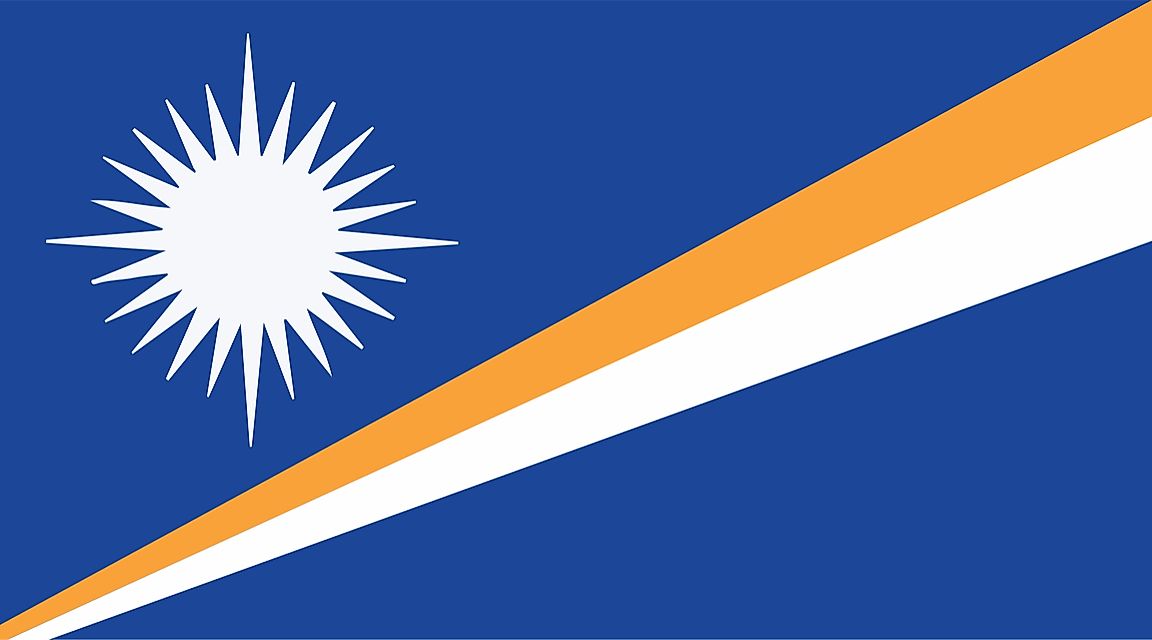What Type of Government Does the Marshall Islands Have?

The Republic of the Marshall Islands is a democratic parliamentary representative republic in free association with the US. The constitution, which is the supreme law of the republic, establishes the government as a presidential-parliamentary republic and the president is the head of state and government. The republic practices multi-party democracy, although the parties are inactive. The constitution was adopted in 1979 through a referendum, establishing the Marshall Islands as an independent country. The first government in the island was formed in 1979 under President Amata Kabua who served until his death in 1996. The constitution grants voting rights to persons above 18 years.
Executive Branch of Government
The executive consists of the president and a presidential cabinet. The Nitijela elects the president from one of its members. The president then appoints ten members of the cabinet from the Nitijela with the approval of the national assembly. The president of the republic also serves as the head of the executive. The president serves for four-year terms and is eligible for re-election for an unlimited number of terms. Hilda C. Heine is the current head of state and government after her unopposed election in 2016.
Legislative Branch of Government
The legislative body of the government of the Marshall Islands is composed of two units, the Council of Iroij, which serves as the upper house, and the National Assembly (Nitijela). The National Assembly consists of 33 members. The members of the national assembly are elected for four-year terms by a simple majority vote. The Council of Iroij is composed of an advisory team of twelve tribal chiefs who give advice on matters related to traditions and customs of the islanders. The council is allowed to present its opinion to the national assembly or the presidential cabinet on issues concerning traditional and customary relations and land tenure.
Judicial Branch of Government
The Marshall Islands has a mixed legal system that incorporates American and English common laws, and customary and local laws. The constitution adopted in 1979 is the highest legal document in the republic. The judiciary exists independently from the executive and the legislature. The highest court is the supreme court. Subordinate courts include the high, district, community, and traditional courts. The judiciary consists of the Judicial Service Commission, which makes recommendations on the appointment of judges to the cabinet. Judges of the supreme court are eligible for service until they reach the age of retirement at 72 years. The traditional courts of the islands deal with matters relating to traditions and customary law.
Foreign Relations in the Marshall Islands
The Marshall Islands maintains diplomatic relations with several countries and is a member of several regional and international bodies. The Marshall Islands has relations with countries like Azerbaijan, Brazil, India, Israel, Kosovo, Palau, the UAE, Taiwan, Fiji, and Japan. The country also has a free association policy with the United States established under the Compact of Free Association. The agreement provides US support to the islands regarding defense, finances, social services, and free movement of the islanders into the US. Marshall Islands joined the United Nations in 1991 as a full member, although the UN treats the islands as a part of the US.











